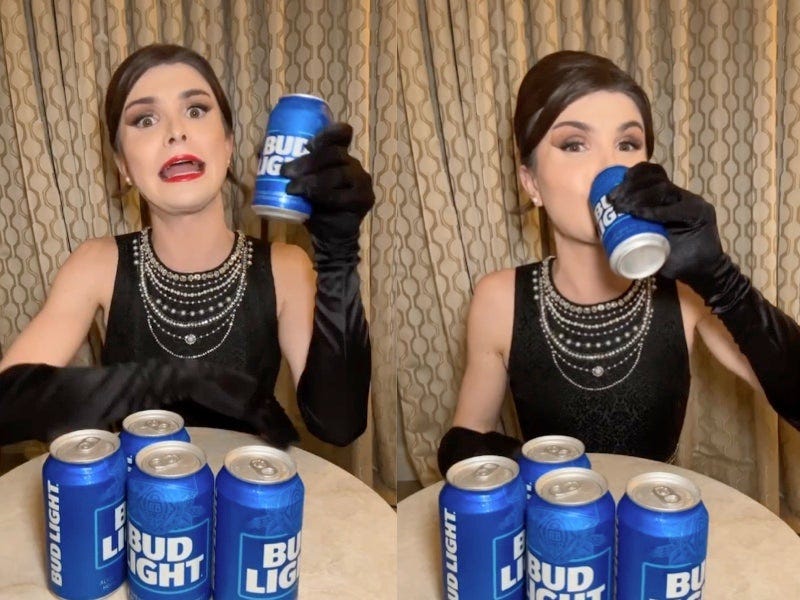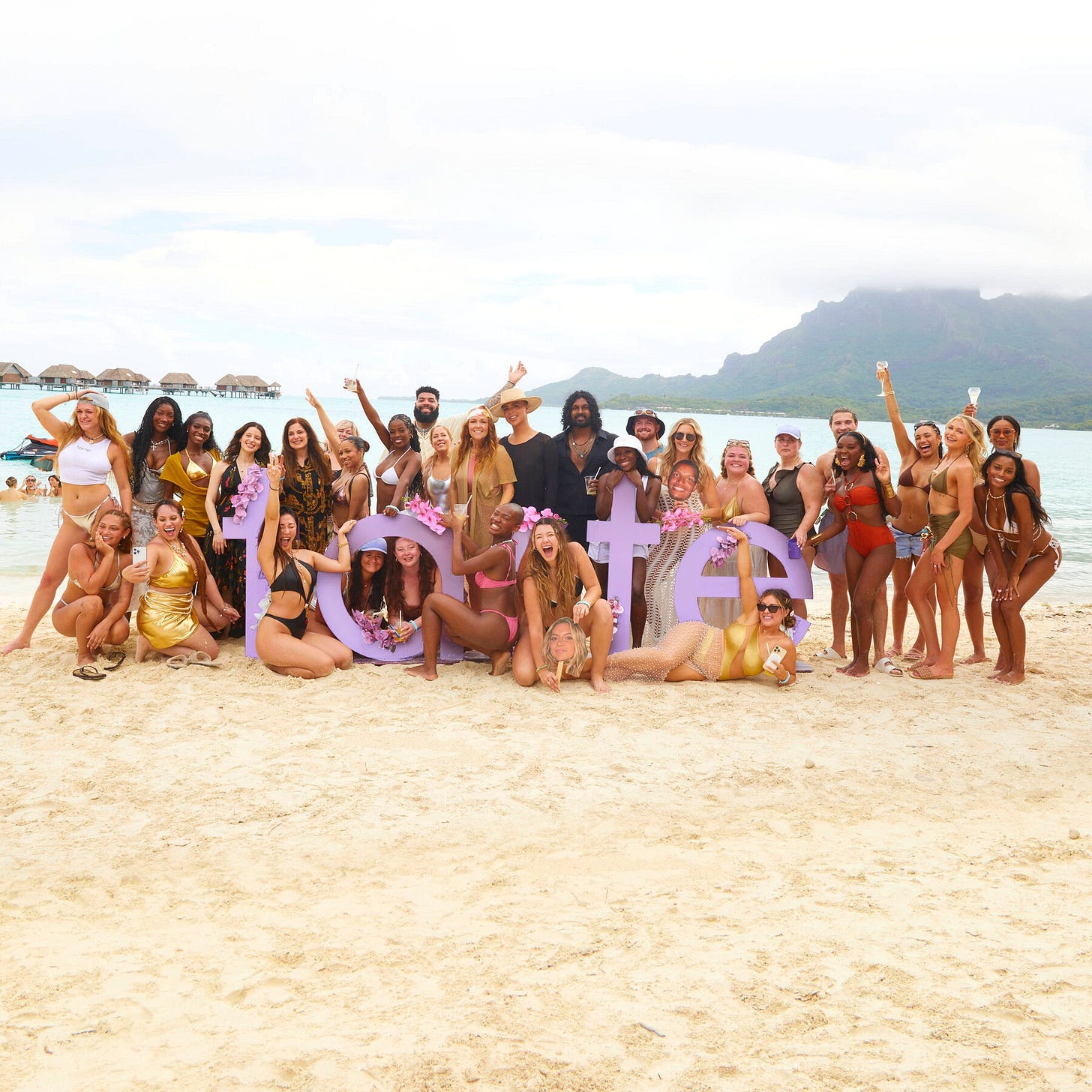When Influence Stops Influencing
Why audiences are done with fake collabs (and what smart brands do instead).
A few months ago, I watched an influencer try to sell an electric toothbrush on Instagram. You could tell her heart wasn’t in it—half a smile, forced copy, a “#gifted '#ad” tag that basically screamed: I was paid.
It reminded me how often influencer campaigns, despite all their potential, land with a thud. And I know i’ve written about this before. But it still continues to amaze me because the influencer marketing is actually booming
In 2023 alone, brands poured over $21 billion into it globally. The ROI looks impressive on paper, some studies say brands earn $5.78 for every $1 spent.
But here’s the catch: nearly 60% of marketers report influencer fraud, and 22% say their campaigns aren’t effective.
Because the model isn’t broken. The execution is.
Let’s look at some that didn’t quite hit the mark:
Poppi Soda’s Super Bowl Machine Giveaway
Early 2025, prebiotic soda brand Poppi loaned giant branded vending machines to 32 influencers for Super Bowl weekend . While the stunt earned visibility, public reaction skewed negative: users criticized excessive spending and lack of social awareness, calling it “out of touch” and accusing Poppi of misallocating resources. NYPost
Bud Light x Dylan Mulvaney
This one wasn’t about the influencer, it was about a brand without a spine. They partnered with a trans creator, then buckled under pressure, and sparking a PR disaster. As a company that has positioned themselves as an ally for the LGBTQ community, Bud Light chose to do virtually nothing to support Mulvaney in the midst of the chaos.Lack of consistency is the fastest way to kill trust. Bud X Dylan BacklashTarte Cosmetics Over-the-Top Brand Trips
In 2023, Tarte organized lavish influencer retreats- sending hundreds of beauty creators (plus guests) to Dubai, Turks & Caicos and Miami. Initially hyped, they backfired when audiences felt the extravagance was tone-deaf—especially amid fires in LA, and questioned the campaign’s relevance and ethics. It was also called out for it’s lack of inclusivity and diversity the choice of influencers. influencer trips
So Why Did They Fail?
Because they forgot the basics: people follow people for authenticity, not spectacle.
Each of these campaigns suffered from the same trap- a focus on scale and optics over substance and alignment.
Audiences today can smell inauthenticity in under 3 seconds. They aren’t impressed by brand-funded flexes. They’re looking for creators who feel like them, talk like them, and bring value, not just hype.
Influencer marketing isn’t dying. it’s just done with the gimmicks.
The brands that get it wrong treat creators like ad slots. The ones that get it right treat them like co-creators.
So how do you do it right?
✅ Start with alignment, not audience size.
Work with creators who already love your brand or your category. If they wouldn’t talk about you for free, a paid post won’t cut it.
✅ Let go of the script.
Brief outcomes, not word-for-word messages. Give creators space to speak in their tone, not yours.
✅ Respect the platform.
Don’t lift a 30-second TVC and ask a TikToker to post it. Make content native to where it lives. TikTok ≠ Instagram ≠ YouTube.
✅ Quality > Quantity.
You don’t need 100 creators saying the same thing. You need 5 saying something people actually believe.
✅ Track what matters.
Beyond likes and reach, look at saves, comments, and sentiment. Real influence moves behaviour not just eyeballs.
Because in 2025, real influence won’t come from shouting louder.
It’ll come from sounding real.
Know of any other examples that failed? Share in the comments below!







people follow people for authenticity, not spectacle. Yesss
Respect the platform is another valuable tip to be adhered .
👍🏻👍🏻👍🏻
This was eye opening Shipra, thank you for the consistent insight into the marketing world.